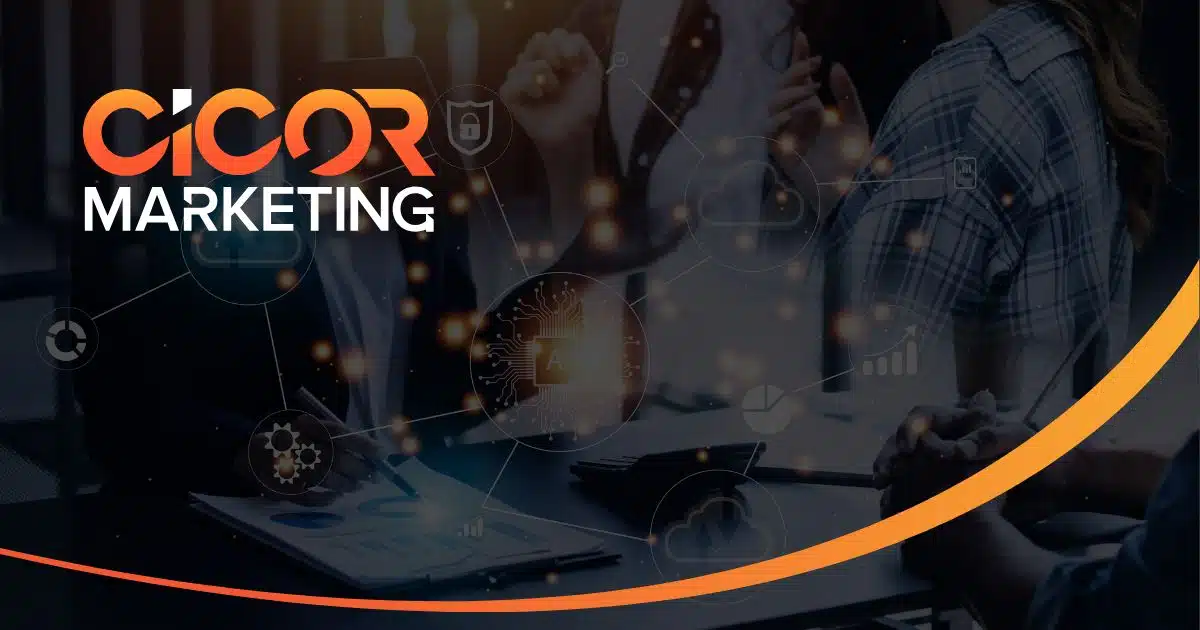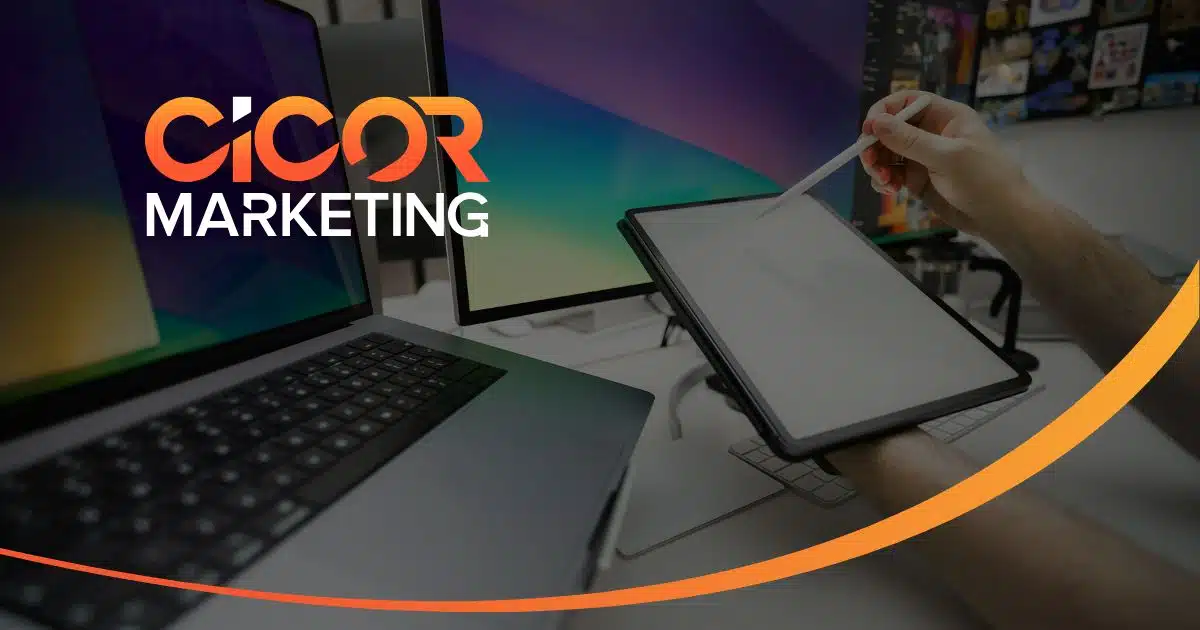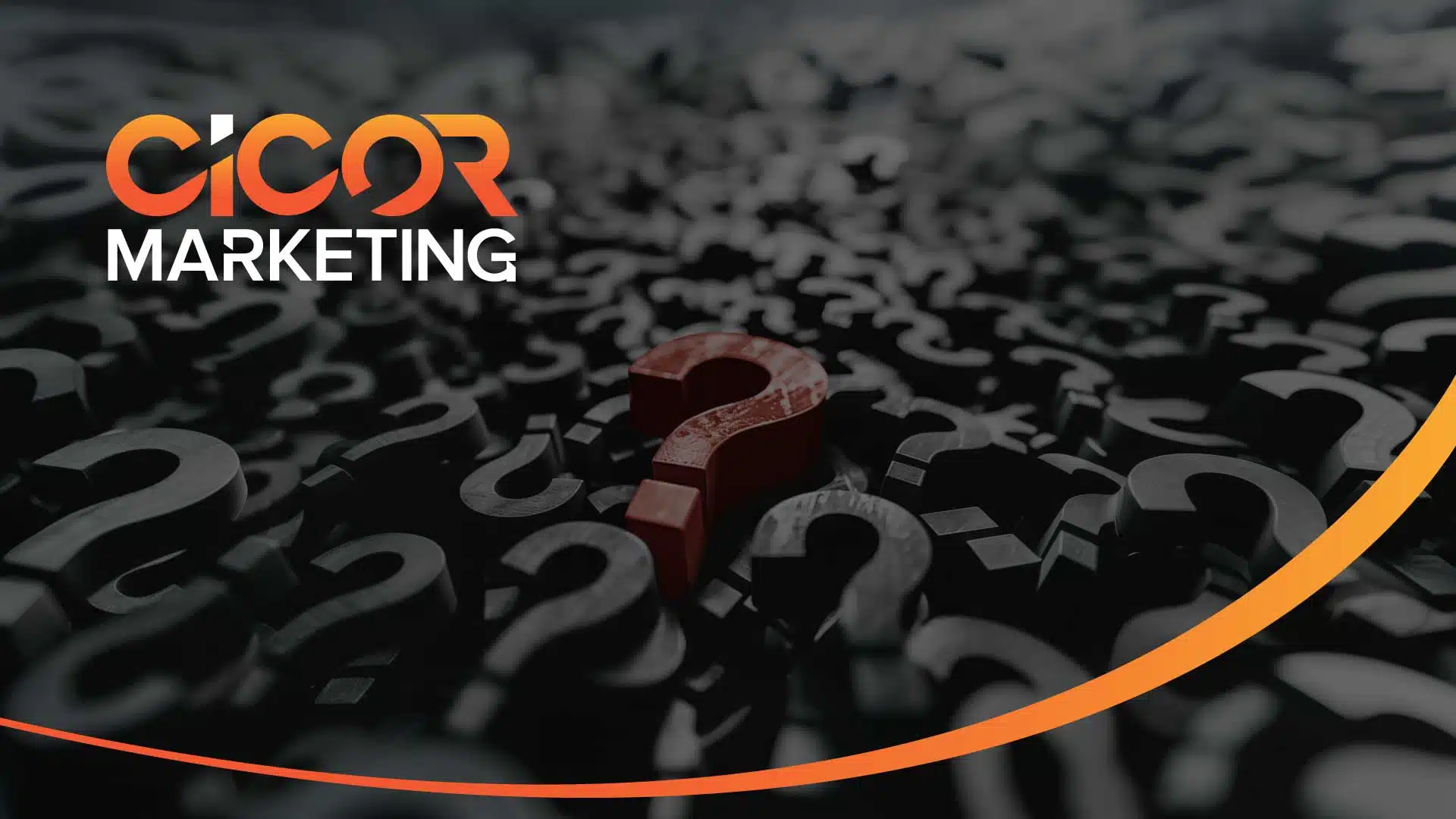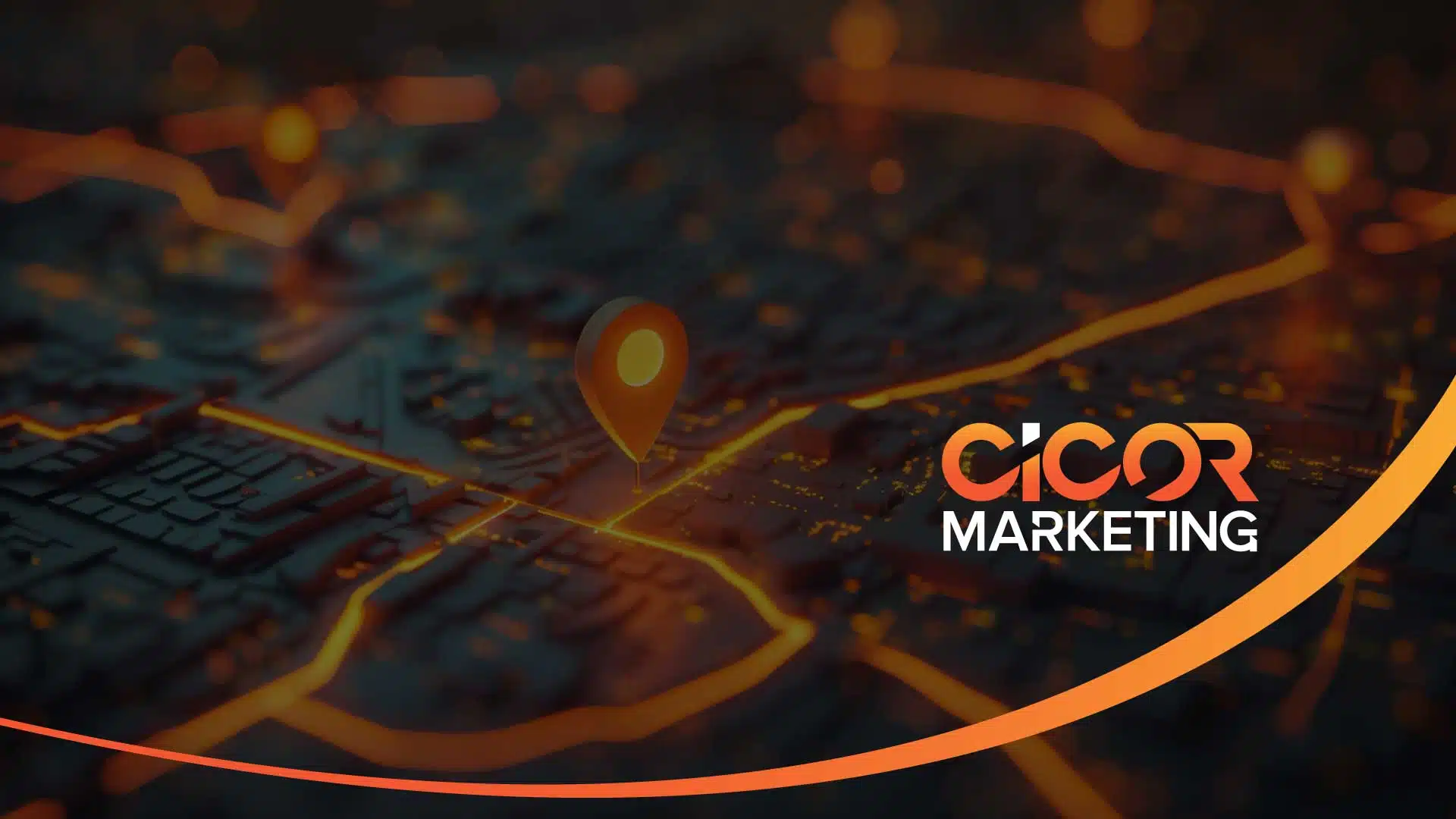Explore expert marketing strategies to boost brand awareness, engage customers, and drive business growth in a competitive digital landscape.
How Generative AI Is Transforming Marketing in 2025
In 2025, generative artificial intelligence (or Gen AI) has gone from a novelty to a cornerstone of modern marketing. What once seemed like science fiction, computers writing ad copy, designing images, or building chat conversations, is now a daily reality for many brands. For marketing teams, Gen AI is like giving everyone a superpower: much faster content production, smarter personalization, and the ability to test many more ideas than ever before.
What is Generative AI and Why It Matters for Marketing
Generative AI refers to advanced machine-learning models that don’t just analyze data; they produce new content. That can be text, images, video, even product designs, or customer messages. These models learn patterns from massive datasets and use those patterns to generate brand-new artifacts that look or sound like they were made by humans.
For marketing, that ability to create original content on demand is a game-changer. Instead of waiting days or weeks for a designer or copywriter, teams can generate first drafts in minutes. That speed and scalability let marketers experiment more and pivot faster if something doesn’t work.
Where Generative AI Is Already Being Used: Key Applications
In 2025, generative AI will touch many aspects of marketing. Here are the main use cases gaining traction now:
- Content Creation & Copywriting
Marketers use Gen AI to draft blog posts, social media captions, ad copy, email newsletters, landing page content, and more. Instead of spending hours writing, a team can generate multiple versions of a headline, body text, or call-to-action in a few minutes, then choose the one that best fits brand guidelines.
- Customer Interaction and Chatbots
AI chatbots and conversational agents powered by generative models let brands interact with customers in real time: answer questions, suggest products, and handle basic support. This can improve customer experience while reducing workload on human teams.
- Faster Testing and Optimization
Because AI can churn out many versions of creative assets quickly, marketing teams can test multiple variations (copy, visuals, offers) in parallel. This accelerates A/B testing and helps find what resonates, then scale out what works.
- Data-Driven Strategy & Market Research
Gen AI is also helping with insights and research. From analyzing customer feedback to spotting trends, AI can surface patterns that humans might miss. This supports smarter targeting, campaign planning, and even product development.
The Real Benefits for Marketing Teams and Businesses
Because of these capabilities, generative AI offers concrete advantages for brands, agencies, and in-house marketing teams:
- Speed and Productivity: What used to take days, like drafting a blog post, designing images, and writing multiple ad variants, can now be done in minutes. That frees up human time for higher-value strategic tasks.
- Cost Efficiency: Less time spent on repetitive content creation can reduce the costs of production. Teams don’t need to hire as many writers or designers to scale up content.
- More Creative Experimentation: Because creation is faster and cheaper, teams feel freer to experiment with bold ideas that previously would have seemed too risky or expensive.
- More relevant to individual customers: Personalized messages and content tend to perform better, which can lead to stronger engagement, higher conversions, and improved customer loyalty.
- Smarter Decision Making: By combining AI-generated content with data analysis, marketers can continuously optimize campaigns based on what’s actually working. This brings more rigor and less guesswork.
What to Watch Out For: Risks and Challenges
Generative AI brings many advantages but also some challenges. It’s like promising speed and scale, but with a need for careful steering.
First, AI-generated content isn’t perfect. Sometimes tone, nuance, brand voice, or cultural sensitivity can be off, which means human review and editing remain essential.
Second, not all AI works well if the input data is messy. If customer data is fragmented, outdated, or inconsistent, AI output may amplify noise rather than deliver insight.
Third, as more brands use AI-generated content, there is a risk of saturation. If many companies produce similar AI-generated visuals or copy, marketing might lose some distinctiveness unless you use AI strategically.
Fourth, ethical and brand safety concerns arise. Personalization requires data, and brands must handle that data responsibly. Also, consumers may react negatively if they feel marketing is “too robotic” or insincere.
Finally, technology is changing fast what works today may evolve. Brands need strategies and guardrails, not just tools.
How Agencies and Teams Should Approach Gen AI Smartly
For an agency like ours, or any marketing team, adopting generative AI effectively is like learning a new sport: you want to start with good fundamentals, train deliberately, and keep control over the game. Here’s how to do that:
- Begin with small experiments: generate a few blog drafts or social posts, test different versions, and measure performance. Use data to decide what to keep.
- Keep human oversight: always have editors and brand leads review AI-generated material to ensure quality, tone, and compliance.
- Use AI to augment, not replace creative thinking: let AI build first drafts or concepts, but let humans refine, decide, and add emotional depth.
- Consolidate data first, so AI works with clean, accurate inputs for structured data (performance, metrics) and unstructured data (customer feedback, reviews, social media).
- Build an ethical and brand-safe framework: define how data is used; ensure transparency; avoid “spammy” or overly automated messaging.
- Measure results: Track not only output (how many assets you created) but performance (engagement, conversion rate, ROI).
These steps let teams harness the power of Gen AI without sacrificing creativity or brand integrity.
What This Means for CICOR Marketing
For a full-service marketing agency like ours, Gen AI is an opportunity to deliver more value, faster, and at scale, but it also means we need to evolve how we work.
We can use AI to streamline repetitive tasks such as drafting blog posts, producing social media visuals, or generating ad copy. That frees our creative and strategic team to focus on big-picture planning, messaging, tone, and client strategy.
We can also offer clients personalization on a scale. For businesses with many products or multiple customer segments, Gen AI lets us customize messaging and creativity for each segment without needing a large team or a huge budget.
At the same time, we must build safeguards: clear workflows, human review, data hygiene, and ethical guidelines so that AI helps, but never overrides brand voice, quality, or integrity.
If we do it right, Gen AI can be a force multiplier: an engine that boosts what we as humans are good at, creativity, strategy, empathy, while handling the grunt work.
Are you ready to future-proof your marketing plan? Let’s talk.













